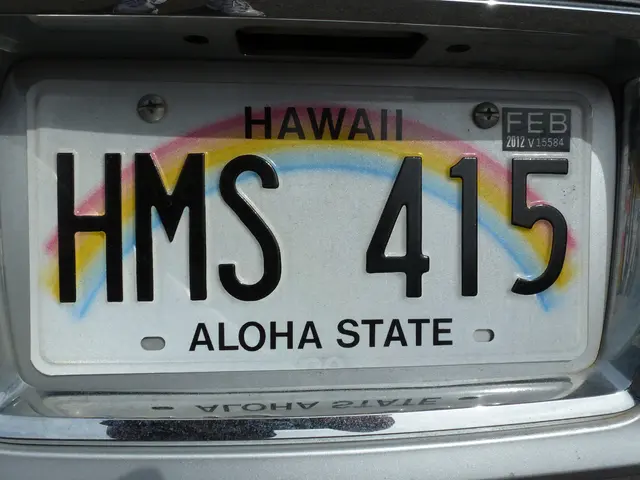Lunar Mining: Ispace Precedes UN Regulations, World Powers Invest
The legal landscape for lunar mining remains uncertain, with no definitive regulations governing the extraction and use of lunar resources. Despite this, companies like SpaceX are already making strides, while world powers invest in lunar programs. The United Nations is working to establish principles for sustainable use and protection of the lunar environment.
Lunar mining involves extracting valuable resources such as water, helium-3, and regolith from the Moon's surface. While the Outer Space Treaty of 1967 prohibits countries from claiming sovereignty over the Moon, it does not address the extraction and sale of resources. This lack of clarity has not stopped SpaceX, a private aerospace manufacturer and space transportation company, from securing a contract with NASA to collect regolith and transfer ownership, setting a precedent for private lunar resource extraction.
The United Nations has stepped in to fill this gap, forming a Working Group on Space Resources. Their aim is to establish principles for the peaceful, secure, and sustainable use of space, including the protection of the lunar environment. This is crucial as lunar mining could potentially cause environmental challenges and damage similar to those on Earth. Currently, no specific states or space companies are known to be actively pushing for changes in regulations to enable the commercial use and sale of moon minerals.
The Moon holds significant potential as a source of valuable resources like oxygen and water molecules. As world powers invest in lunar programs, the need for clear regulations becomes increasingly urgent. The United Nations' Working Group is poised to play a crucial role in establishing these principles, balancing the potential benefits of lunar mining with the need to protect the lunar environment.






